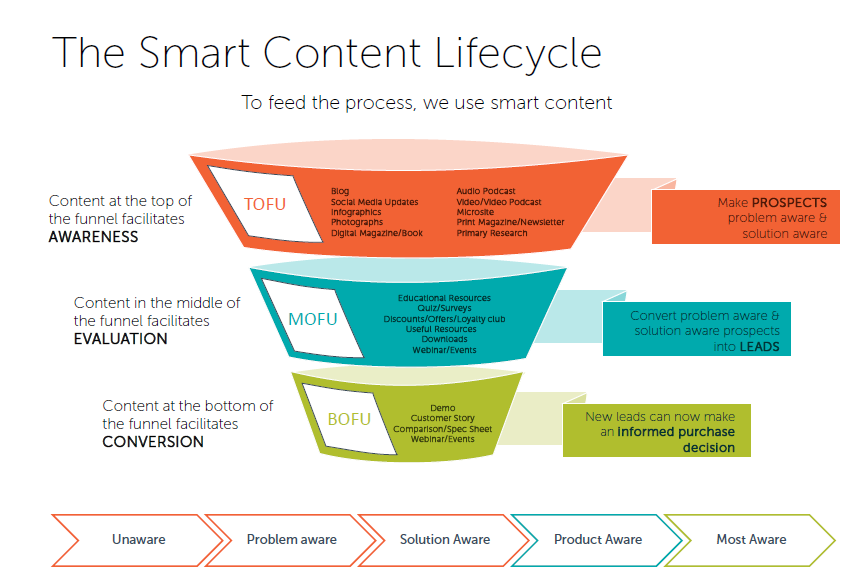7 characteristics of social media implementation in B2B marketing
If you look for evidence of the potential benefits to B2B organisations of social media, you will see both lead generation, as well as brand reinforcement are being addressed to great advantage. Whereas you could easily assume social media is more effective for B2C activities – see our previous article on the differences between B2C and B2B - we now understand that successful social media implementation is essential to an effective B2B marketing strategy and should be adopted strategically to support B2B marketing efforts.
But what are the characteristics of B2B marketing and how should these influence your social media strategy? Here we share the top 7 as laid out in a recent academic paper*;
- Larger number of decision makers and influencers
B2B marketing typically necessitates influencing a larger number of decision makers at different levels. These characteristics require a greater number of communication channels and touchpoints through social media and beyond; for example, using one social media channel to raise awareness and a second or third to provide more detailed information. By combining with other channels, such as outbound telemarketing, a purchase decision can be reached – see our previous article about needing to touch a prospect seven times before making a sale. - Slower decision making cycle
Needing to involve multiple parties in a decision will inevitably slow the decision-making cycle when compared to the fast purchase patterns seen in B2C. Related to this, tracking the effectiveness of each stage of the purchase funnel is also difficult. How can you be sure that the first awareness building piece of social content resulted in an end sale? Allowing for a slower decision making cycle, and setting up the right tracking mechanisms for different stages of the decision-making funnel is a challenge, but important to think through. - High-value exchange
Having higher value purchases, means risk perceptions are higher, compared to the B2C context. The diverse range of content formats available to share though social media allows it to be used to reassure customers by providing rational content, from testimonials and videos by product experts to fact sheets. - More direct and intense customer relationships
B2B purchases typically involve a more intense customer relationship pre-purchase. Historically, salespeople would need to take a role that addresses both the emotional and rational information requirements of their B2B customers. Now, social media can help satisfy rational information requirements too, and allow salespeople to focus on building the personal relationship, overcoming any barriers to purchase, and referring to the tools available online when they need to. - More functional decision-making
Social media messages for consumer products are often more informal, casual, and humorous. While B2B can also reflect some personality, the tone must ensure that there is the right balance of engagement without affecting the credibility and functional positioning of the organisation. - More complex information to communicate
Greater product complexity means B2B marketing must match the social media platform to the content to communicate. With higher value on educational formats, such as blogging and webinars, channels such as SlideShare on LinkedIn, or media sharing sites such as YouTube play a greater role. Remember too, that the role of social media is not only in the ability to house this information, but in distributing content to the widest possible relevant audience. This is because of its unique targeting capabilities, for example, by profession within LinkedIn. - Where B2B decision makers spend their time
Communicating the complex information that often comes with B2B products must be matched to where the decision maker will spend their time, and co-ordinated with the sales funnel stage. This means allowing decision makers to access different information depending on their readiness stage. While few companies buy via Facebook (43% vs 77% B2C*), ultimately our B2B decision makers are also consumers spending some of their down-time on Facebook. With the right content, you can grab their attention.
B2B marketers are now adopting content marketing in recognition of the characteristics of B2B and using social media to offer the right content to different decision makers at different stages of the purchase cycle. A smart content plan, like this example, should address how you are going to turn the initial interest generated by social media into named leads and ultimately sales. Social media is rarely the last touchpoint in a sale, but it is frequently one of the earliest ones, so ensuring it works together with other channels is vital.

Here to help
Please talk to us if you want any help with putting your content and social media marketing plan in place. We can provide consultancy and advice to support your own implementation or handle the implementation and ongoing management of programmes on your behalf on an outsourced basis.
*Source: E-marketing orientation and social media implementation in B2B marketing by Fatemeh Habibi, Caroline Anne Hamilton, Michael John Valos Callaghan (2015), European Business Review
Case Study: Peer to Peer Business Lender
How we developed a unique targeting approach and improved lead volumes from direct marketing by more than 80%.
Related Reading

Blog: 5 Powerful Marketing Strategies to Grow Your Small Business
by Darren Coleshill, 3 minute read

Blog: Bluesky: The Pros and Cons of the New Decentralised Social Network
by Darren Coleshill, 5 minute read